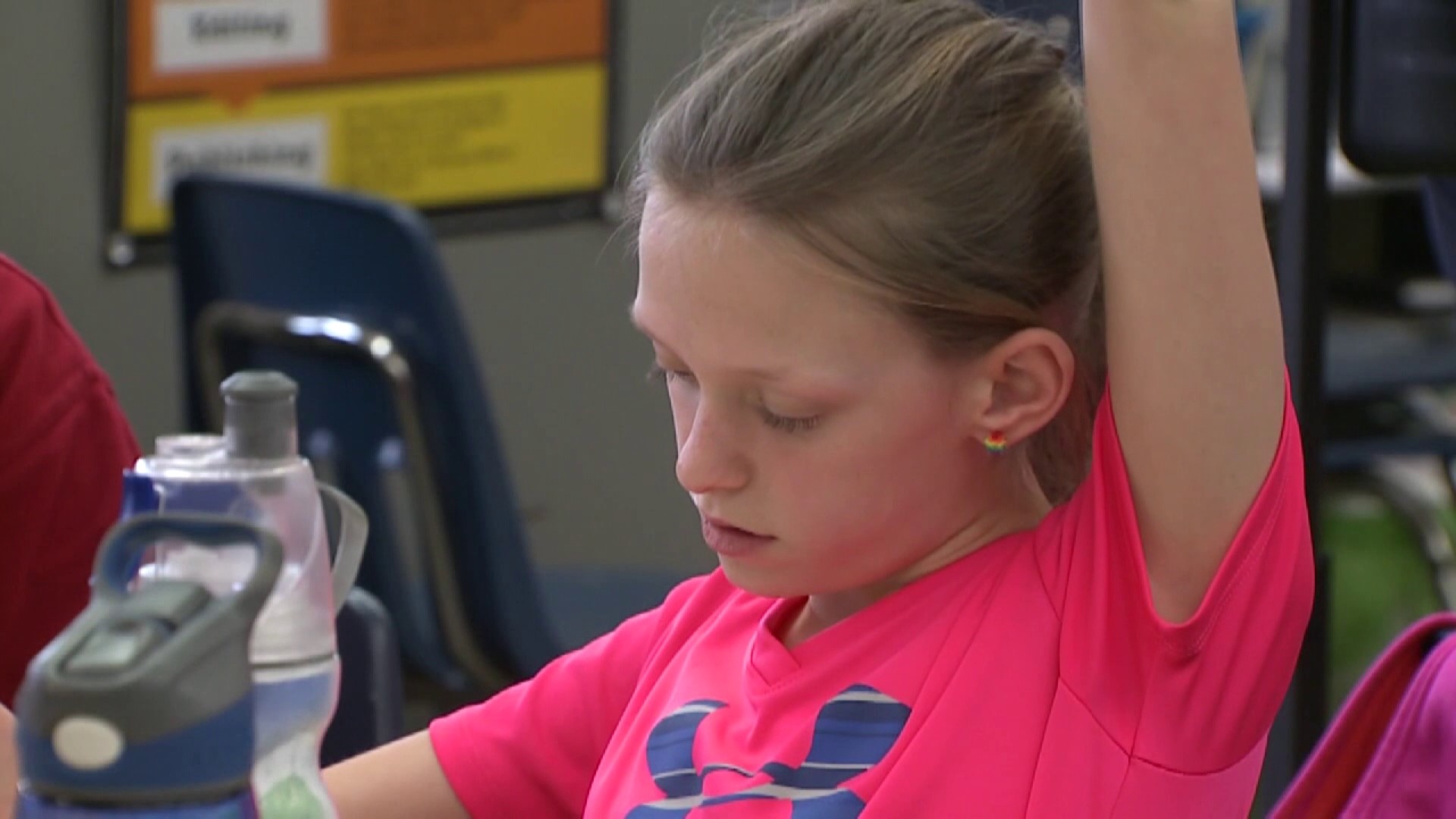DES MOINES, Iowa — It's been almost a year since Gov. Kim Reynolds signed the Students First Act, a law which provides Iowa students money to put toward private school tuition and other related costs through an Education Savings Accounts (ESA).
In October, the Iowa Department of Education denied thousands of applications based on "residency or household income requirements," but approved more than 18,000 applications to provide around $7,600 per student.
The department told Local 5 on Wednesday there are no final numbers yet on how many ESA vouchers have been cashed by students and their families.
Some students may choose to use the ESA funding to attend a non-public school, or faith-based school, and this can impact some public schools' enrollment. This is because students who are "assumed" to attend districts like Des Moines Public Schools (DMPS) will no longer have that student among their ranks, bringing numbers down.
As of late 2023, DMPS enrolls more than 30,000 students. But in the future, Superintendent Dr. Ian Roberts says the district anticipates a potential decrease in enrollment within the next few years as the ESA program continues to progress.
"We are anticipating seeing somewhat of a negative impact in terms of our enrollment," Roberts said. "Because certainly, any parent who is given an opportunity, to seek other options, and it's options that is paid for. I can see some parents wanting to take advantage of that."
While ESA applications for the 2024-25 academic year have yet to open, Roberts said he's focusing on providing the best education possible for DMPS students.
"While we know that ESA is there, we're not going to lose a lot of sleep over it," he said.
All students entering kindergarten qualified to apply for an ESA this academic year. Private school students whose families were at or below 300% of the federal poverty guidelines were also eligible. For future requirements, click here.

